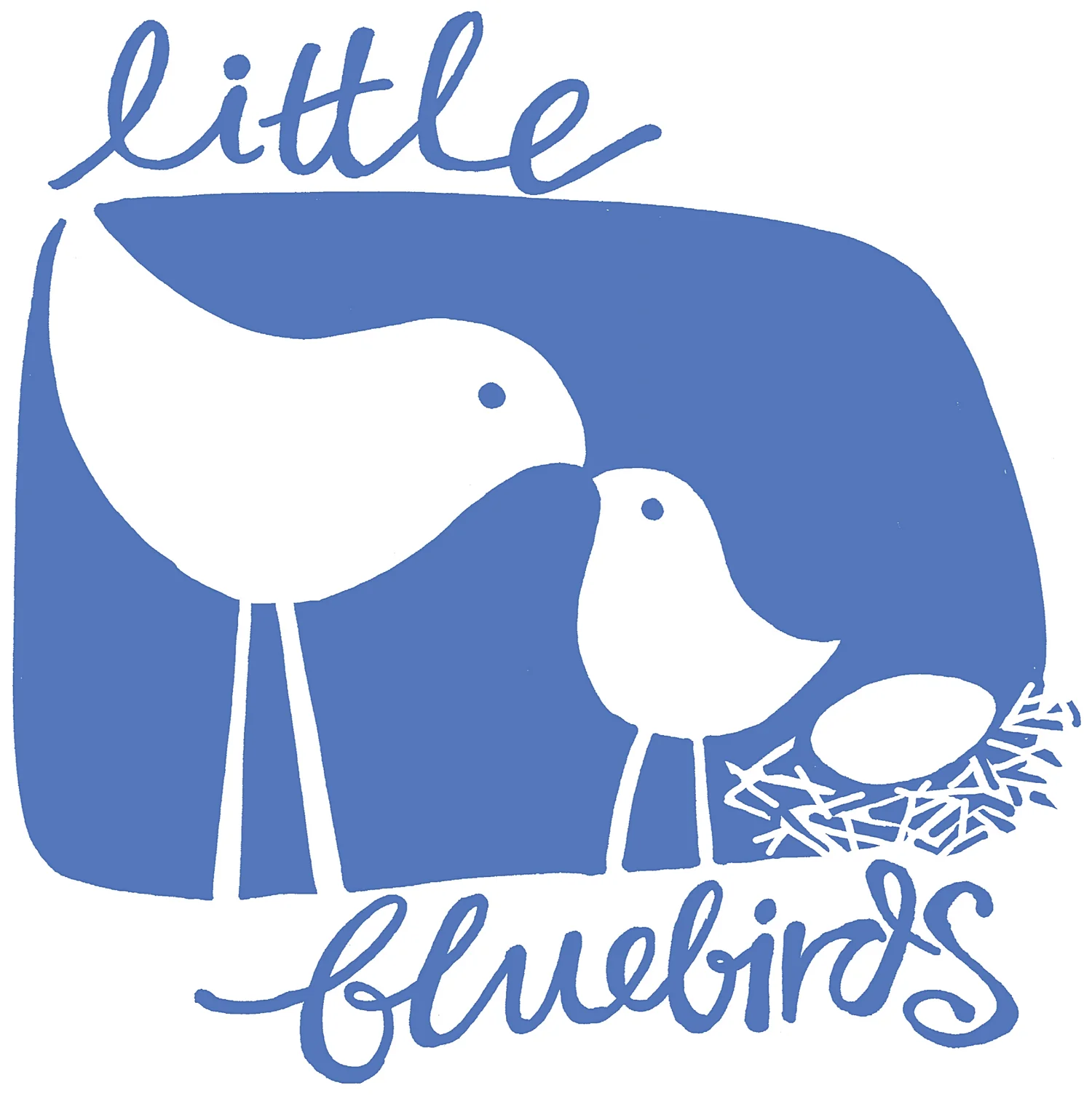Is something fishy going on at your place?
As I type it’s blowing a gale outside… grey, wet and wild. It’s Tuesday, so I should be at work, teaching in a lovely bright artroom, but instead I’m working at home from my cosy desk, tuned to a radio that has just broken news that we in Victoria are in lockdown for an extra seven days. Breathe in… breathe out…
The experience of lockdown has taught me many things, including some I’d never even considered two years ago… I’ve given thought to the sneaky way that viruses do their ‘thang’, the job descriptions of epidemiologists, and the realisation that life is predictably unpredictable.
Days stuck at home can feel long. Getting creative with the kids might sometimes help us to make a safe and reassuring space in our day, provide a happy distraction, and regain some calm. In unstructured days such as these it can be especially useful to find creative activities that might spark some further play, rather than just decorations for the fridge door.
Introducing the fishpond game…
I’ve tried this activity various ways over the years, even using magnets, but I reckon this is the easiest method. Start simple, and then adjust it to suit the age, skill level and coordination of your children. Factors such as the length of the rod and line, and the size of the loop, all contribute to the trickiness of the activity. This will make sense once you get started, and you’ll naturally tweak each elements to suit your children.
Basically you’ll need 3 components, all made with everyday household stuff:
flat cardboard fish, each with an upright string loop taped on top
a simple ‘stick & string’ rod with a hook
a make-believe pond
Create a school of fish by cutting simple flat fish shapes - make just a few, or lots, whatever suits the mood of your little makers. Cardboard or heavy paper are best, and you could use everyday materials you have lying around such as:
cardboard panels from boxes (cereal boxes are the perfect weight, and easy to cut)
plastic packaging (such as strawberry containers)
old greeting cards
postage packaging (envelopes, bubblewrap, etc)
Decorate before or after cutting:
Children could colour an entire page with crayon, pencils or textas before chopping it up, or make individual fish and decorate them afterwards. Some ideas include:
collage with recycled artwork from crèche or kinder
drawing and painting
wrap in aluminum foil
wrap in wool
Once they’re looking fabulous and colourful each fish needs to have a loop attached to one side. Make the loops from string, and attach to the fish with tape (see my drawing above). The loop needs to be about as round as a 20 cent piece in order for it to be easy(ish) to catch.
Make a rod, line and hook:
Find a long straight(ish) stick in the garden, or use a ruler or chopstick. Tape 30cm of string, ribbon or wool to one end… any longer can make catching fish a bit too tricky. Tie or tape a hook to the loose end of the string, easily made from:
a bent paperclip
a bread tie
a hair pin
a piece of wire
Pop the fish onto (or into) a pond. This means scattering the fish onto a surface to let the fun begin as the kids go fishing by attempting to hook each fish through their loop. The pond could be as simple as:
a tablecloth or sheet spread onto the floor
a wide tub or bucket
an empty bath
Now let the fishing fun begin. It can be tricky to navigate the hook through the loops, so perseverance is encouraged… and cheating is allowed! Add a few obstacles… a tangle or two of ‘seaweed’ ribbon or wool can add an extra challenge. This activity is creative, fun to play, easy to extend and build upon, and simple to pop away for the next rainy day fishing trip. Enjoy!
To catch a fish you need to navigate the wire hook through the loop. It’s tricky but super fun!





